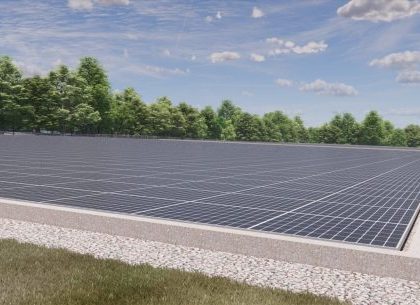The reason so many researchers have been trying to refine the perovskite solar cell formula for so long comes down to two main benefits. Specifically effectiveness and affordability.
In lab testing, perovskite solar cells have been able to reach an efficiency rating of over 25 percent, making them arguably the most energy-efficient thin-film panels to date. However, that efficiency is too short-lived to be viable for modern solar panel replacement. According to the U.S. Department of Energy, early perovskite cells would start to degrade in less than a single day — sometimes within minutes — while more recent attempts have extended some cells’ lifespans up to a few months.
Perovskite solar cells are also expected to be relatively inexpensive to produce, in theory, which would make them even more of a direct competitor to today’s common solar panel technologies. The catch is that, so far, the production methods used in testing labs wouldn’t really work on an assembly line to mass produce the panels. So, in addition to needing to figure out a way to greatly improve perovskite solar cell lifespans, large-scale manufacturing processes also need to be sorted out.
This post was originally published on 3rd party site mentioned in the title of this site





